This vibrant green powdered tea has captivated the world with its unique flavor, health benefits, and cultural significance. Originating in Japan, it is much more than just a trendy beverage; it is a cornerstone of Japanese tea culture and has a history that dates back centuries. Today, matcha is enjoyed in various forms, from traditional tea ceremonies to modern lattes and desserts. This article delves into the origins, preparation, health benefits, and contemporary uses of this beloved drink.
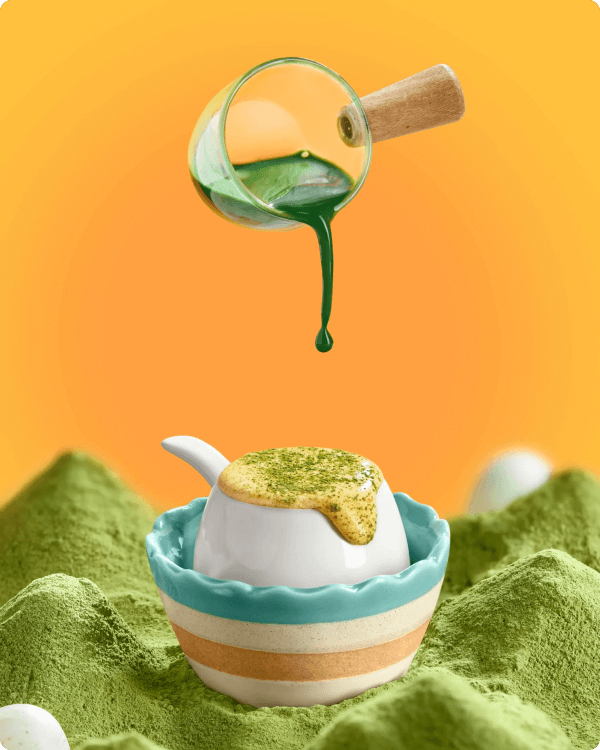
The Origins and Cultural Significance
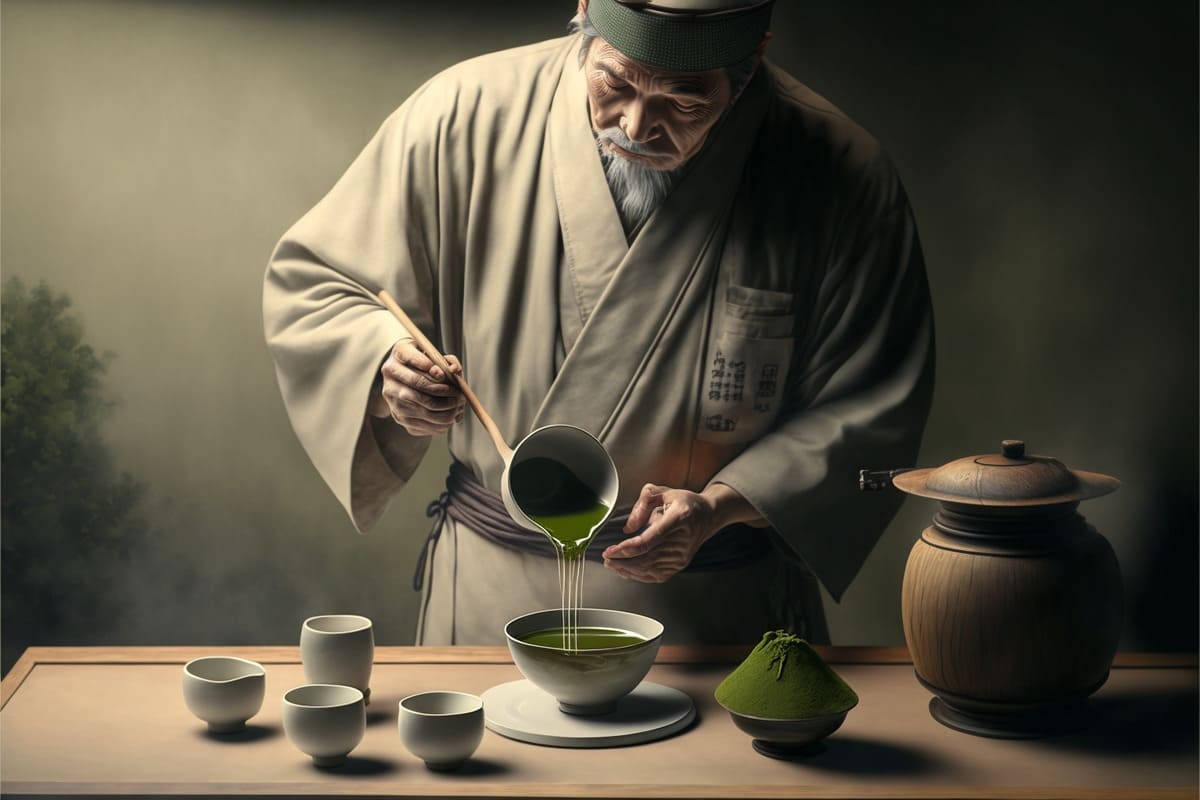
Its history can be traced back over a thousand years to China during the Tang Dynasty, where tea leaves were steamed and formed into bricks for easier storage and trade. However, it was in Japan where this tea truly flourished. In the 12th century, the Zen Buddhist monk Eisai brought powdered tea and the method of preparing it from China to Japan. This drink quickly became an integral part of Zen monasteries, aiding monks in meditation due to its calming yet alerting properties.
The Japanese tea ceremony, or “chanoyu,” developed in the 16th century, is a ritualistic preparation and consumption of this green tea that emphasizes harmony, respect, purity, and tranquility. This ceremonial practice is a profound expression of Japanese culture and spirituality.
Ingredients and Equipment
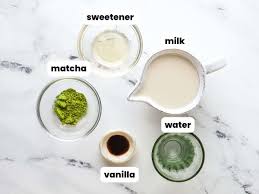
To prepare this powdered green tea, you need high-quality tea powder and specific tools:
- Tea Powder: There are two main grades: ceremonial and culinary. Ceremonial grade is made from the youngest tea leaves and has a delicate flavor, making it ideal for traditional tea ceremonies. Culinary grade, while still high quality, is slightly more bitter and is used for cooking and beverages.
- Chasen (Bamboo Whisk): This tool is essential for whisking the powder into a frothy, smooth consistency.
- Chawan (Tea Bowl): A wide, shallow bowl that allows for proper whisking.
- Chashaku (Bamboo Scoop): Used to measure the perfect amount of powder.
Preparation
Step 1: Sifting the Powder
Sifting the tea powder is crucial to avoid clumps and ensure a smooth, frothy tea. Use a small sieve to sift 1-2 teaspoons of powder into the chawan.
Step 2: Adding Water
Heat water to approximately 175°F (80°C). Pour a small amount of water (about 2 ounces) into the chawan with the sifted powder.
Step 3: Whisking
Using the chasen, whisk the tea briskly in a zigzag motion until a fine foam forms on the surface. The goal is to create a smooth, frothy tea with tiny bubbles. This process takes about 20-30 seconds.
The Taste Experience
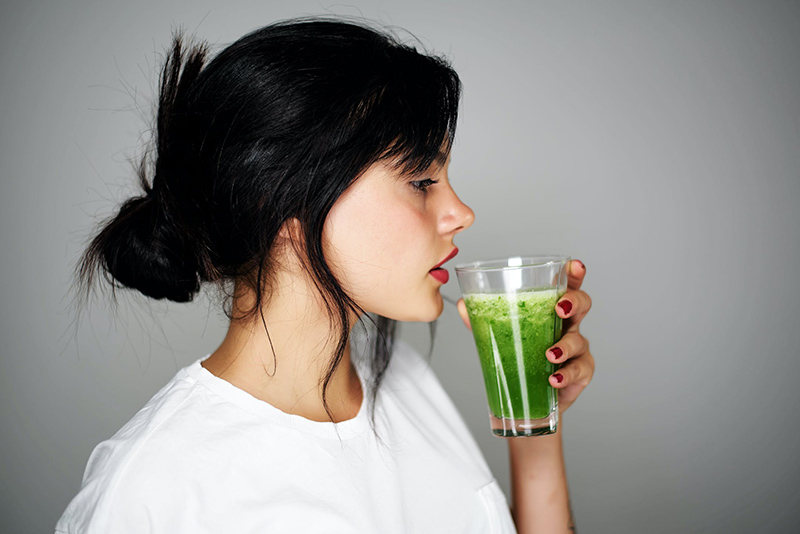
This green tea offers a complex flavor profile, often described as vegetal, grassy, and slightly sweet with a hint of umami. The texture is smooth and creamy, thanks to the fine powder and frothy preparation. Drinking this tea is an immersive experience that engages multiple senses and provides a moment of mindfulness and tranquility.
Health Benefits
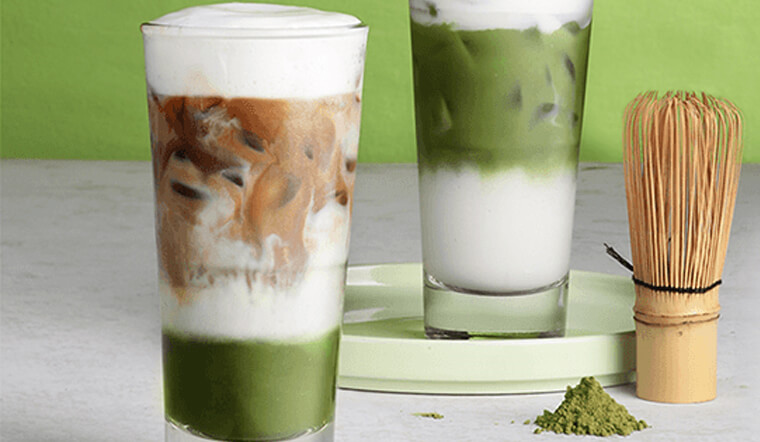
Matcha is renowned for its numerous health benefits, which contribute to its popularity worldwide:
- Rich in Antioxidants: It is packed with catechins, a type of antioxidant that helps fight free radicals and supports overall health. One specific catechin, EGCG (epigallocatechin gallate), is known for its cancer-fighting properties.
- Boosts Metabolism: The combination of caffeine and catechins in this tea can help increase metabolism and promote fat burning.
- Enhances Calmness: This tea contains L-theanine, an amino acid that promotes relaxation and reduces stress without causing drowsiness. This compound also enhances concentration and alertness, making this beverage an excellent choice for meditation and focus.
- Detoxifies the Body: The chlorophyll in this tea helps detoxify the body by removing heavy metals and harmful chemicals.
- Supports Immune Function: The high levels of vitamins, minerals, and antioxidants in this tea strengthen the immune system.
Modern Twists and Culinary Uses
This versatile tea powder has led to its incorporation into a wide range of culinary creations beyond traditional tea. Here are some popular modern uses:
- Lattes: Combining the powder with steamed milk (dairy or plant-based) creates a creamy, slightly sweet latte that is a favorite in cafes around the world.
- Smoothies: Adding this green powder to smoothies provides a boost of antioxidants and a unique flavor twist.
- Desserts: From ice cream and cookies to cakes and macarons, the possibilities are endless. The earthy flavor of the powder pairs well with both sweet and savory dishes.
- Savory Dishes: This powder can be used as a seasoning for soups, sauces, and even sushi, adding a subtle, earthy flavor and vibrant color.
Enjoying This Green Tea
Whether enjoyed as a traditional tea, a modern latte, or a creative culinary ingredient, this tea offers a unique and enriching experience. Its preparation can be a meditative ritual, providing a moment of calm in a busy day. For those new to this tea, starting with a high-quality ceremonial grade and experimenting with different preparations can help discover its full range of flavors and benefits.
Conclusion
This green powdered tea is more than just a trendy beverage; it is a rich cultural heritage and a powerhouse of health benefits. Its unique preparation, vibrant color, and complex flavor make it a beloved drink and ingredient around the world. From its origins in Zen monasteries to modern cafes and kitchens, this tea continues to inspire and delight. Whether you are seeking a moment of tranquility, a health boost, or a culinary adventure, this tea offers a journey of discovery and enjoyment.